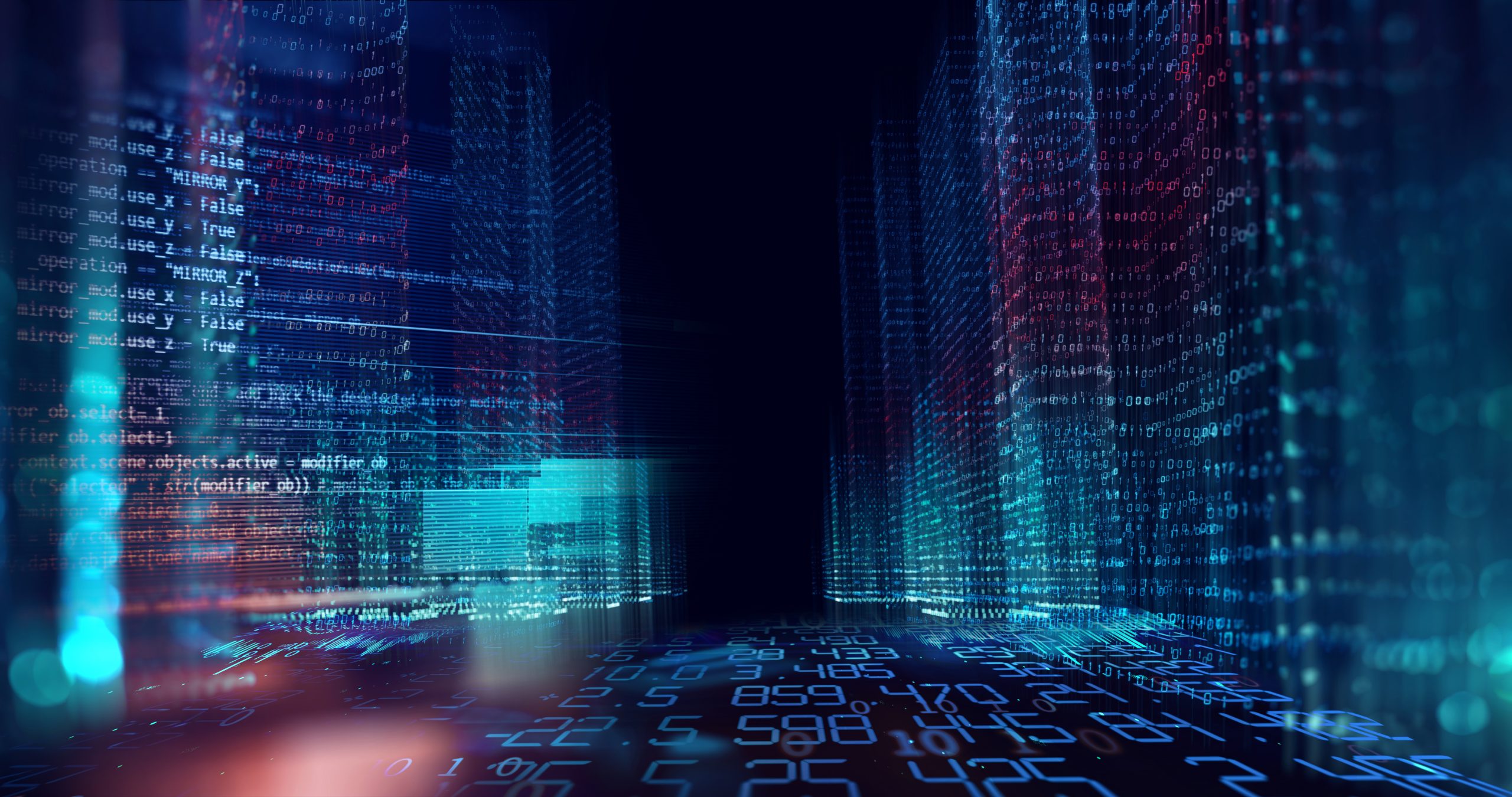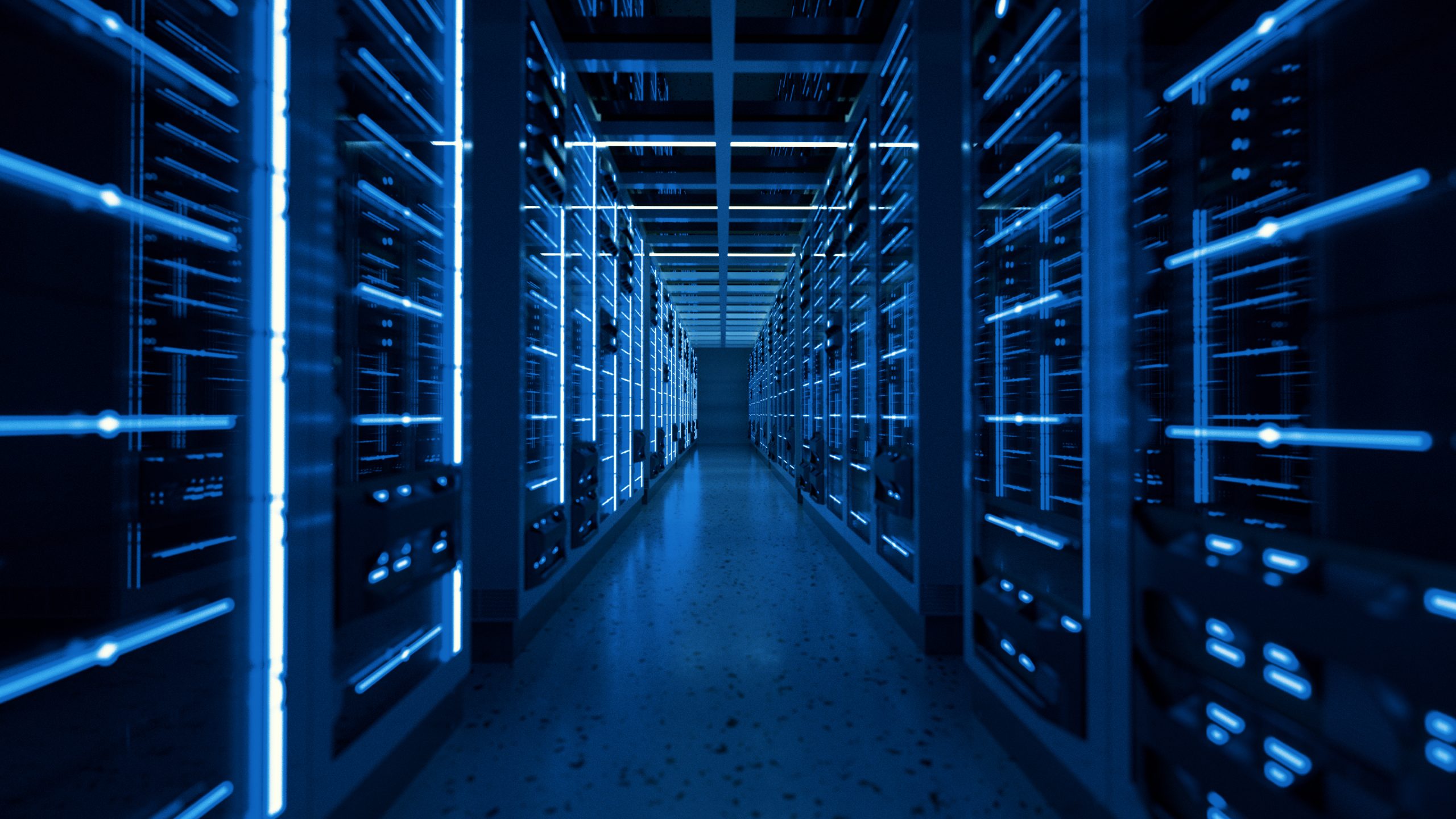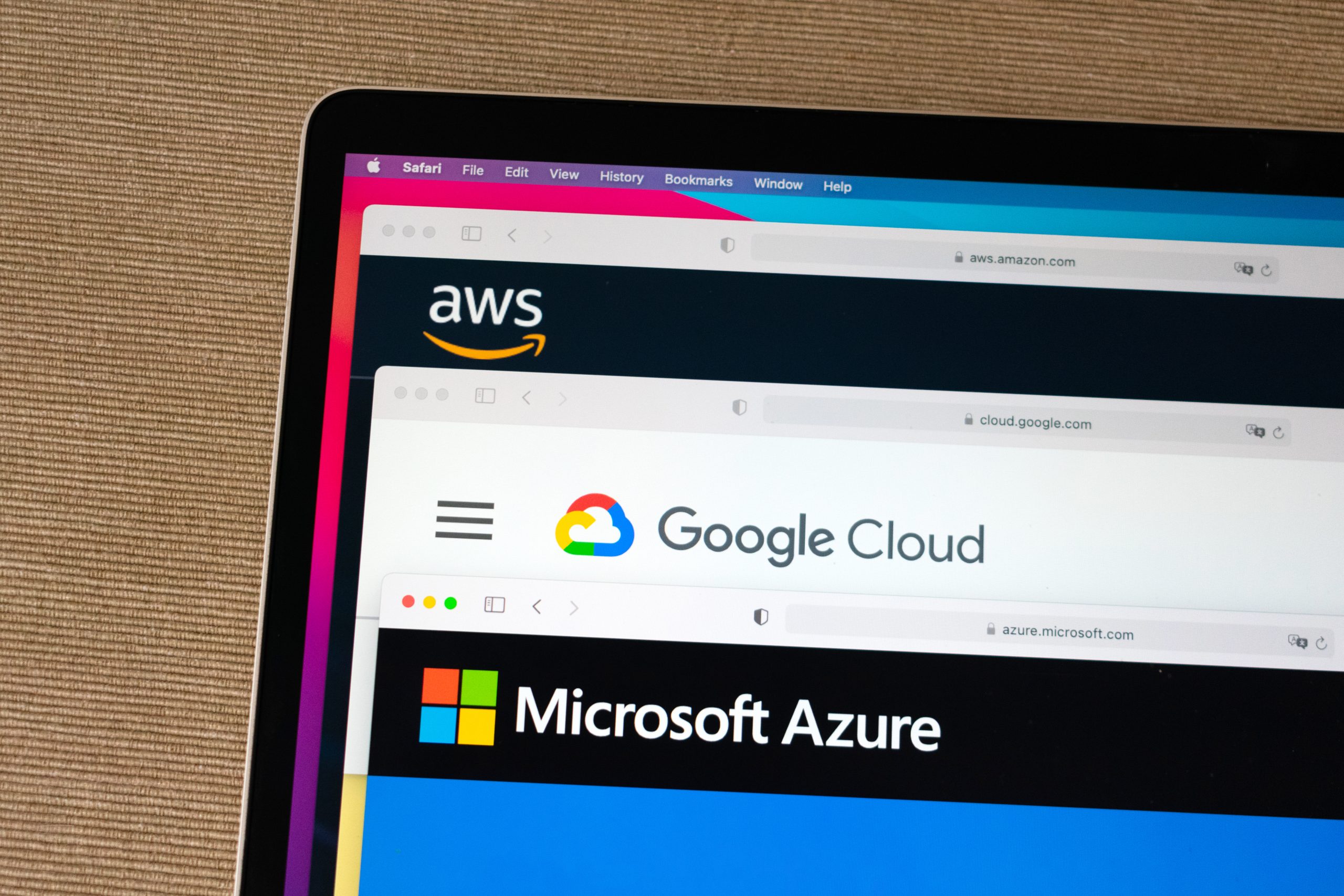Definitions of the Internet of Things (IoT) often focus on connectivity and the fact that it involves adding isolated electronic devices to large-scale networks – hence the ‘internet’ in the name.
But whether we’re talking about ‘smart’ heating systems or kitchen appliances in our homes, networked traffic control systems or the advanced plant machinery found in a modern ‘smart factory’, the IoT is about more than simple connectivity.
Fundamentally, it the IoT about the introduction of computing capabilities to devices that traditionally fall outside the realm of IT. It is also about the creation, exchange and processing of data. Data is the fuel that drives the level of real-time intelligence and automated decision making that we now habitually refer to using the ‘smart’ tag.
In the world of business, in industry in particular, the rise of IoT has set the worlds of operational technology (OT) and IT on a collision course. The basic ‘Industry 4.0’ model of adding masses of sensors to operational devices and using the data they generate to optimise processes sounds deceptively simple.
In reality, generating all of that data from ‘smart’ production systems raises some practical problems.
Different paths
For one, the volumes of data we’re talking about are staggering and are only going to grow as the number of industrial IoT connections more than double over the next five years. The data generated by industrial machines comes in a raw, unprocessed form. Some of it is useful, a lot of it is not.
To sift out the data that can really make a difference, it all needs processing and sorting. IoT devices themselves are built to generate data, not process it. That’s where the amalgamation with IT comes in.
The problem here is that OT and IT have evolved in parallel along quite different trajectories. Plant machinery and computers are designed to use different types of data in different ways, so the first challenge is having a suitable means of translation that makes data mutually intelligible across the OT/IT divide.
Second, there is the question of where processing and interpretation of OT-generated data takes place. The traditional location for large-scale data processing is the data centre.
But even with all the agility the Cloud offers, the act of transiting massive volumes of data from the factory floor to the data centre, processing and analysing it, and then shipping it back to the frontline where machinery can use it to make operational decisions creates undesirable lag.
For industrial IoT to deliver on the efficiency gains and operational agility it promises, there needs to be a real-time information exchange that sees data generated by plant machinery turned around into actionable intelligence almost immediately. And that represents one of the fundamental challenges of effectively integrating the worlds of IT and OT.
Solutions at the Edge
There are various models and metaphors used to think around this issue of OT-IT interoperability. One of them is to picture the divide between all of the data-generating and action-taking ‘smart’ devices on one side and the various applications and platforms that interpret and manage that data on the other as the ‘edge’ between the OT and IT worlds.
Solutions that mediate across this divide – which convert raw data into a form that the IT applications can use, and which in turn feedback actionable intelligence to the OT systems – are therefore known as ‘edge computing’. An example is the EdgeX Foundry, an open source middleware software framework that seeks to standardise the flow of data across the ‘edge’ between IoT devices and cloud and enterprise applications.
The edge where OT and IT meet is more than just a metaphor. It is also a physical location, the actual point in time and space where data passes from device to computer system. It is conventional to talk about the ‘edge’ as being at the network edge, i.e. at the limits of the reach of the modern IT network. But we can just as easily turn that around and say that the edge is where OT functionality stops and IT takes over.
With this latter definition of the edge, we can see immediately that, in industrial IoT settings, the edge is physically located on the factory floor, hard up against the massed banks of sensors. The concept of moving IT capabilities here brings us back to the need for fast, efficient, real-time data exchange.
Blurring the lines
Edge computing therefore represents a new kind of IT architecture, one designed with the needs of OT compatibility in mind. Instead of the conventional centralised data centre model, with all the benefits of scale that brings, edge computing marks a radical decentralising of compute and processing capabilities, pushing them back out to the vicinity of networked devices.
Edge computing can therefore be viewed as an IT add-on for modern operational systems. Rather than transporting huge volumes of data long distances to remote data centres for processing and interpretation, edge solutions can collect, filter, analyse and apply AI functions in real time as the data is generated. This serves to make the use of data in ‘smart’ systems more effective and efficient, as well as lowering data handling costs – an important consideration when data volumes are increasing so rapidly.
Long term, it is likely that we will see the ‘edge’ creep outwards further still, as far as OT devices themselves. To date, the need for edge solutions to exist as an independent, intermediate layer between OT and IT stacks has been driven partly by the number of legacy systems that businesses want to include in their digital transformation plans, and partly by cost considerations. Sensors, actuators and other devices that generate data are simpler and cheaper to mass produce than more sophisticated pieces of hardware that can also process data.
But we’re already seeing a shift towards OT devices being manufactured with in-built IT capabilities, taking over at least part of the data processing and analysis themselves. In this sense, OT/IT convergence will be complete and there will eventually cease to be a meaningful distinction between them. As a result, edge computing will become a de facto reality in any IoT set up.





